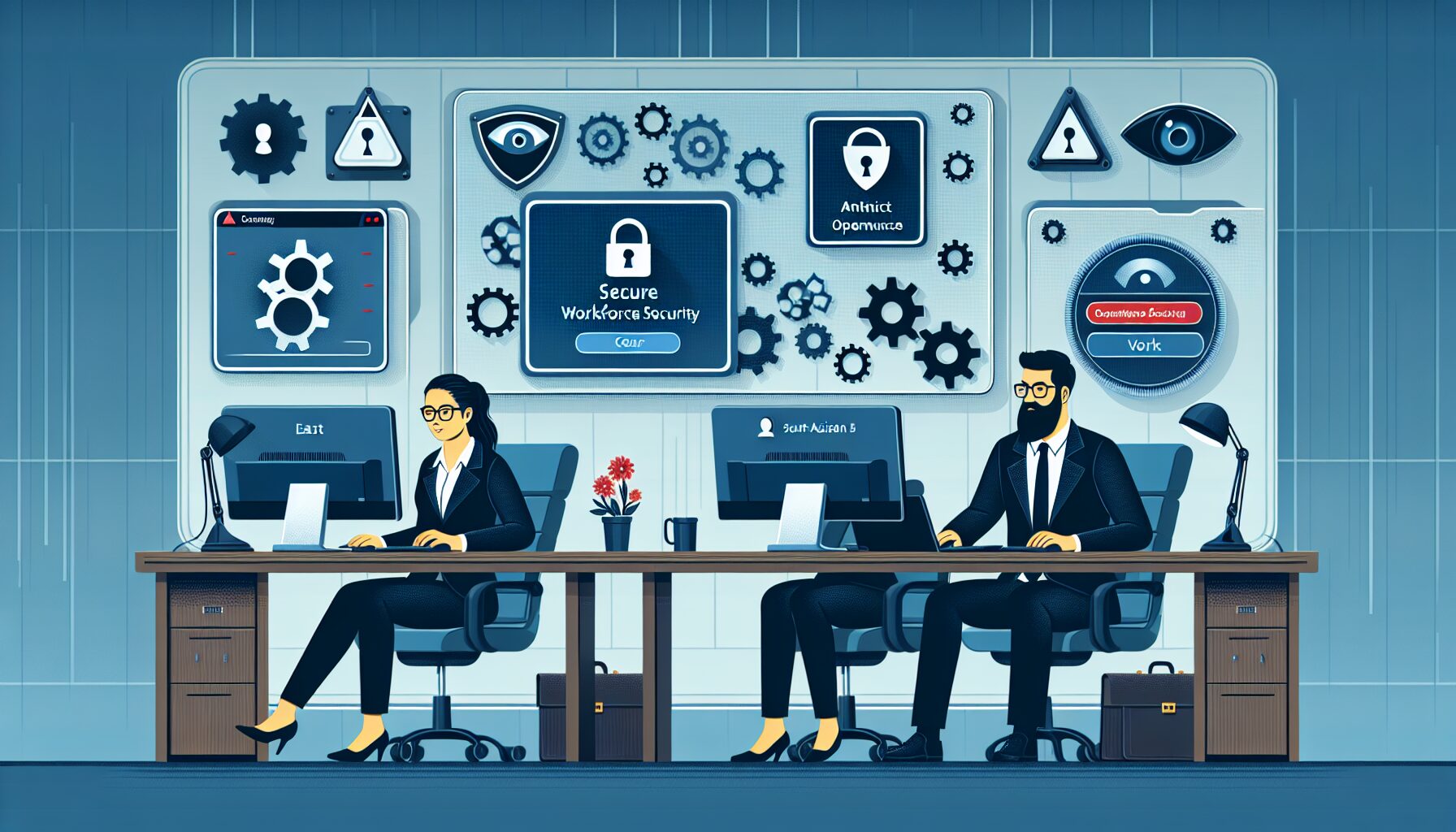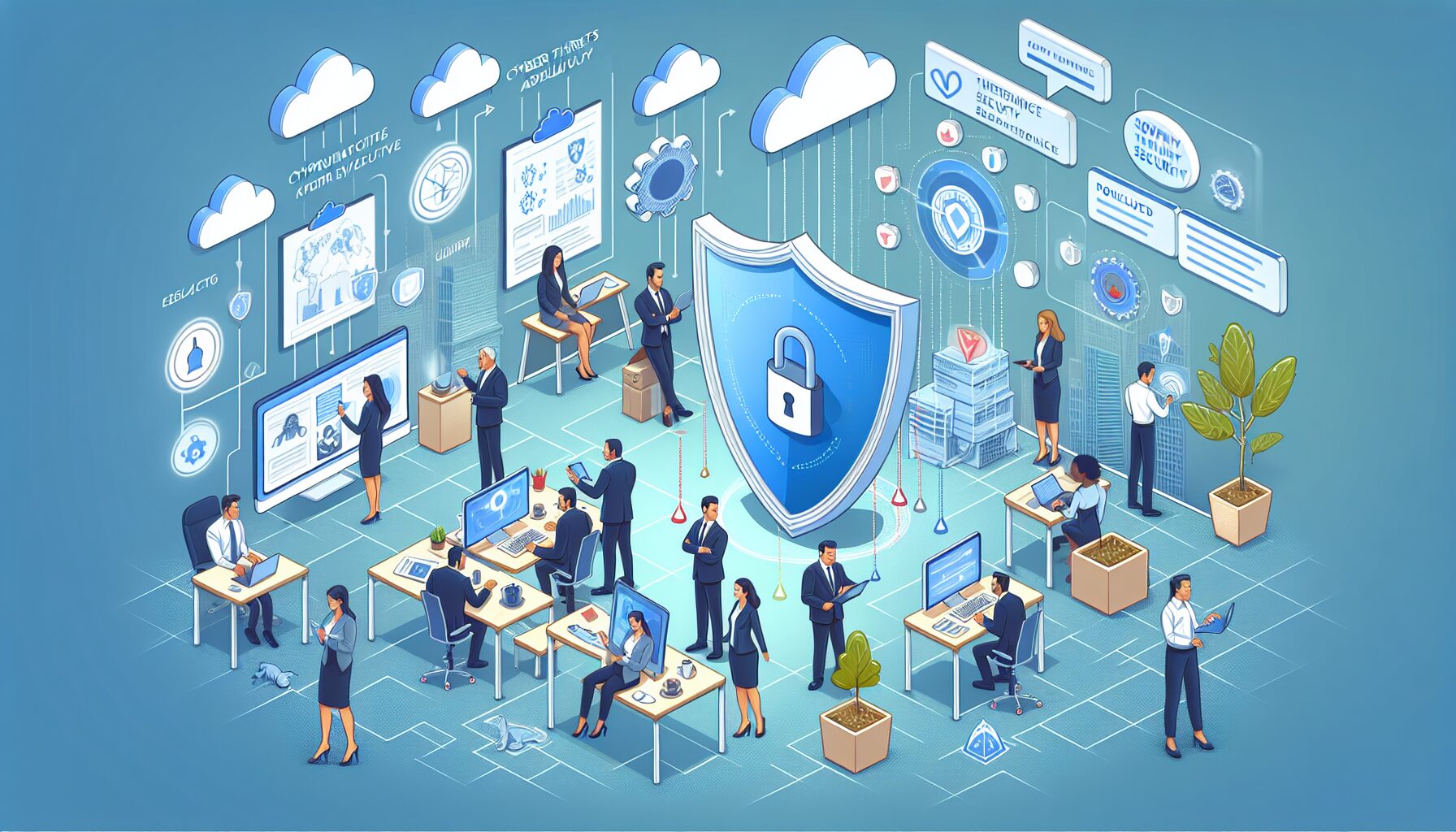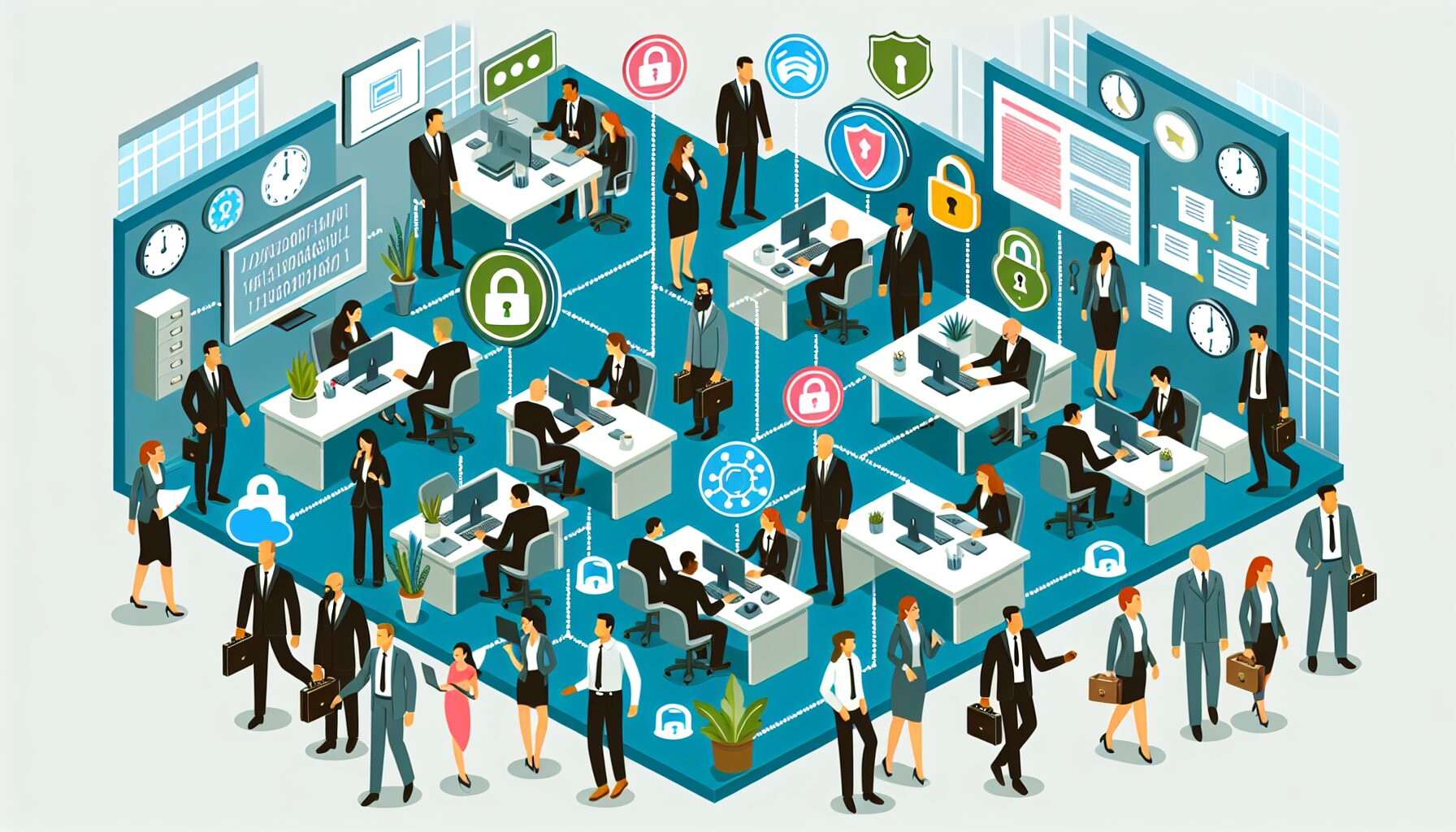The Importance of Workforce Security in Today’s Digital Age
In an era where technology is at the core of every business operation, workforce security has become a crucial aspect for organizations worldwide. With cyber threats evolving daily, protecting your workforce from potential security breaches isn’t just an option—it’s a necessity. A secure workforce not only safeguards sensitive information but also ensures smooth operational continuity. In this blog, we will explore why workforce security matters, how it impacts businesses, and the steps companies can take to strengthen their defenses.

The workforce is often the first line of defense against cyber threats. Employees interact with sensitive data, systems, and tools regularly, making them prime targets for hackers. Without proper security measures in place, companies risk exposing themselves to:
- Data breaches that compromise customer and employee information.
- Financial losses resulting from ransomware attacks or fraud.
- Reputation damage, which can take years to rebuild.
Moreover, human error remains a top cause of security vulnerabilities. For example, clicking on phishing links or using weak passwords can allow unauthorized access to company systems. Therefore, prioritizing workforce security can significantly reduce these risks and foster a culture of vigilance.
Educating employees about cybersecurity threats is a cornerstone of workforce security. Employees should be trained to identify phishing emails, use strong passwords, and report suspicious activities. Regular training sessions ensure that everyone stays updated on the latest threats and best practices.
Implementing multi-factor authentication adds an extra layer of protection to your systems. By requiring users to verify their identity through multiple methods, MFA reduces the risk of unauthorized access even if passwords are compromised.
With remote work becoming the norm, endpoint security has gained significant importance. Devices like laptops, smartphones, and tablets must be equipped with robust security software to prevent malware attacks and data leaks.
Regular security audits help businesses identify vulnerabilities and address them proactively. These audits ensure that your workforce’s security protocols remain effective and aligned with the latest industry standards.

Modern security tools play a vital role in safeguarding the workforce. Tools like AI-powered threat detection, secure VPNs, and encrypted communication platforms add multiple layers of protection. Furthermore, leveraging cloud security solutions ensures that sensitive data remains protected, even in a hybrid work environment.
When workforce security is prioritized, businesses reap several benefits:
- Improved productivity: Employees can focus on their tasks without worrying about potential breaches.
- Cost savings: Preventing security incidents is far more cost-effective than dealing with their aftermath.
- Enhanced trust: Clients and stakeholders are more likely to partner with organizations that demonstrate a commitment to security.
In today’s fast-paced digital landscape, workforce security is more important than ever. From regular training to adopting advanced tools, every step taken to secure your workforce is an investment in your company’s future. By cultivating a proactive approach, organizations can create a resilient security framework that not only protects their assets but also empowers their employees to perform confidently.
Let your workforce be your strongest defense—prioritize security today!



